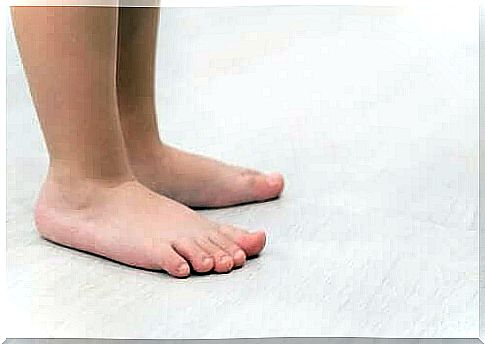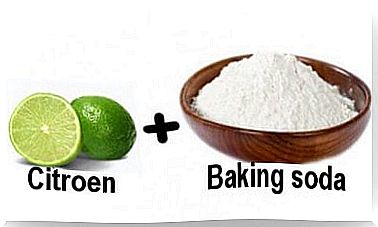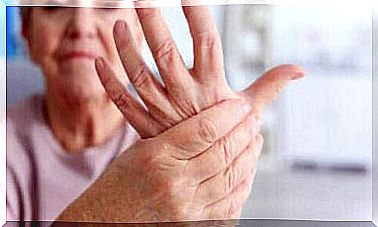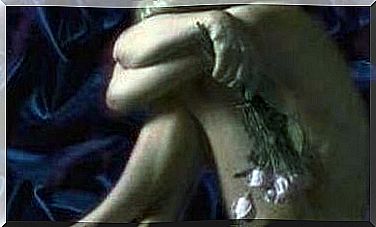The Characteristics And Treatment Of Flat Feet

In today’s article, we are going to talk about the characteristics and treatment of flat feet. A person has flat feet when their entire soles are in contact with the ground while standing. This is because the arches have sunk into his feet.
This is a common condition. Estimates indicate that 20% of the world’s population has it. It usually does not cause pain and can develop during childhood and in subsequent years.
However, it can lead to poor leg alignment and cause problems in the ankles and knees. So, in today’s article, we will explain why flat feet appear and its treatment.
The causes of flat feet
It is normal to have them in childhood as the arch of the foot is still forming at this stage. However, in some people the arch never develops and this is not bad or problematic.
Flat feet can also develop over the years. In this case, however, it usually affects only one foot. It can also happen due to aging, overuse, injuries and illness. Each of these situations leads to tendon damage and this is what “supports” the arch.
Certain factors increase the risk of flat feet. In addition to aging and injuries, which we already mentioned, they can also be due to obesity, diabetes and rheumatoid arthritis. A study at the University of Chile even states that:
So it is important to take good care of your diet and especially the diet of your children. This is because obesity can hinder the development of their muscles and skeleton.
What are the symptoms?
Most people with flat feet have no symptoms. However, some feel pain on the inside of the leg. If the condition leads to misalignment, pain can affect the ankles or knees.
Flat feet are associated with inward knees. This pathology is called genu valgum or “x-legs.” It is a skeletal problem and an aesthetic problem that you can see even with the naked eye.
Other symptoms that can lead to this condition include fatigue and heavy legs. It can be difficult for people with flat feet to walk. In some cases, they may also have back problems.
Treatment of flat feet
There are many treatments that can improve this condition if it causes pain. We will therefore list a number of those treatments below.
- Stretches: These are ideal for cases where the Achilles tendon is shorter than normal.
- Footwear with structural support: This helps relieve pain and is much more comfortable than shoes that offer little to no support.
- Orthopedic appliances: These are supports for the arch. There are options available without a prescription, but you can also have them custom made. Custom insoles fit the contours of your foot perfectly and reduce your symptoms.
- The ideal approach for children is to try and correct their flat feet with a series of exercises. However, from the age of 4 they can start using modified soles. They will improve their foot alignment.
- Surgery is a last resort. However, this is usually reserved for the most complicated cases. It is especially for those people who, for example, also have a tendon rupture.
Physiotherapy can also be effective for athletes with this condition. This is because many cases of flat feet are the result of overuse from injury during running or overcompensation during exercise. Physiotherapists and trainers can prevent this problem by helping these athletes improve their technique.
Conclusion
Flat feet is something that usually doesn’t cause any discomfort or major problems. However, various forms of treatment can help if they do occur. It is important to always consult a doctor if you have any questions.
It is also always a good idea to lose weight if you are overweight. You can treat your pain with medicine, but it is much better to do stretching exercises and other forms of physical therapy.









